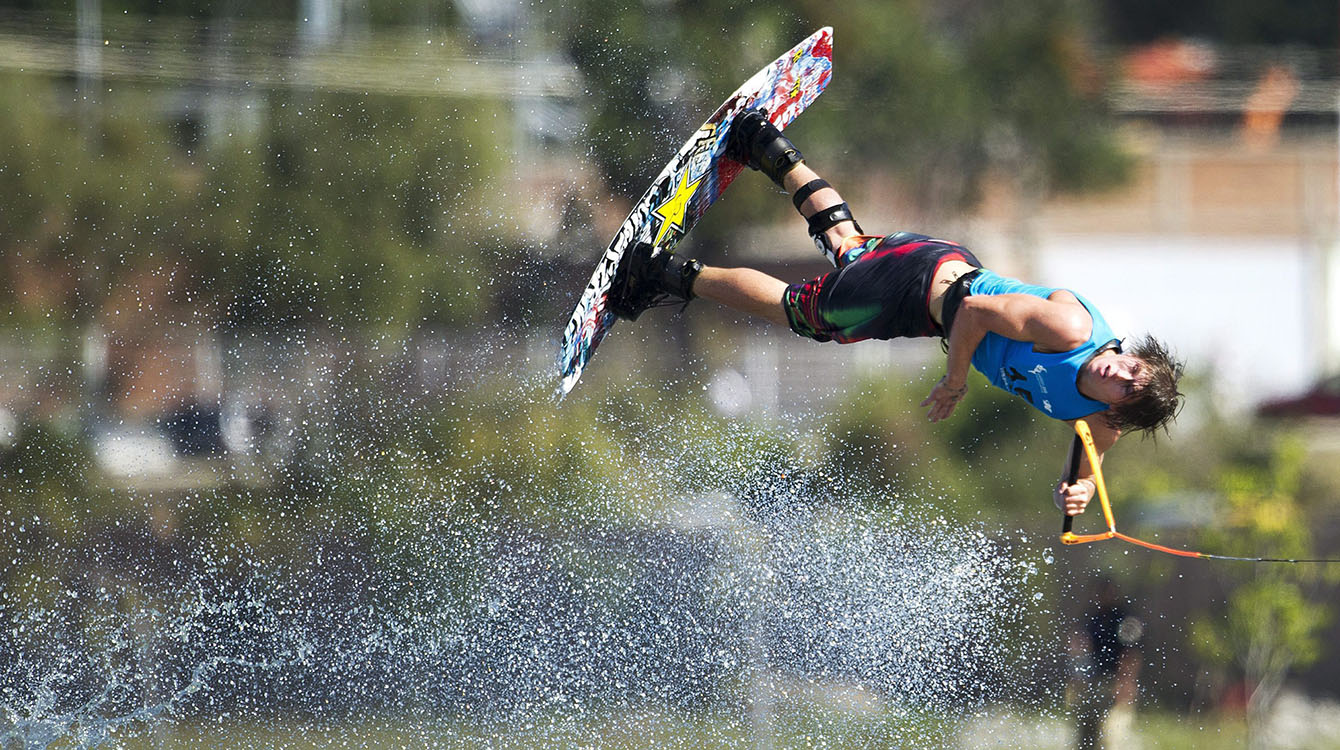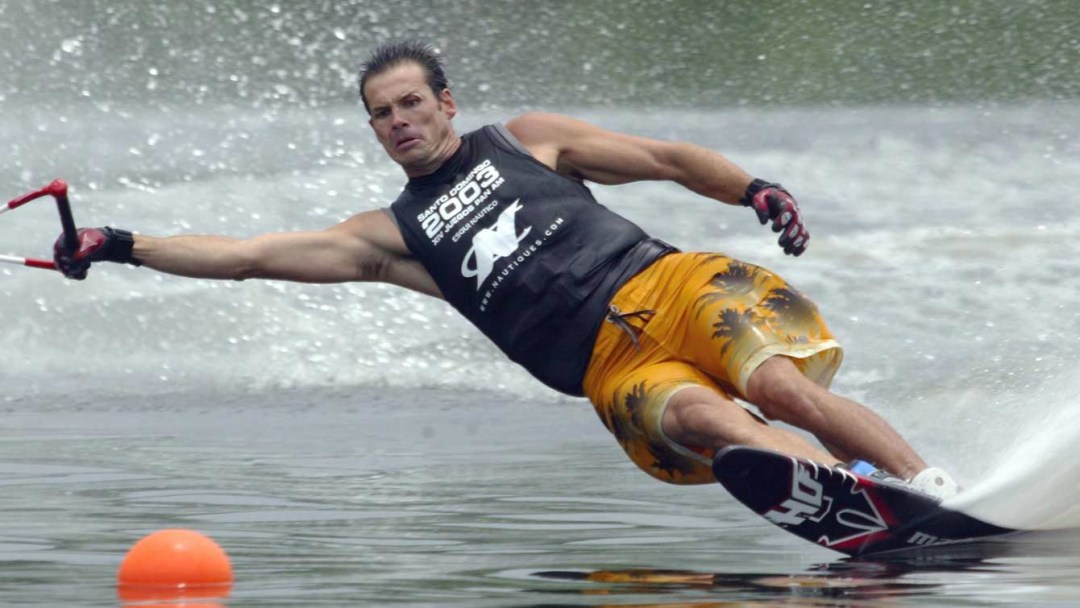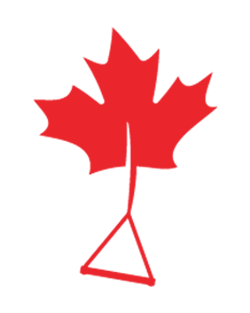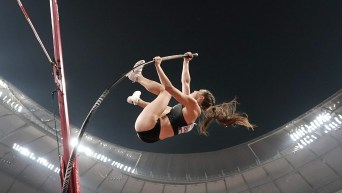Water Ski/Wakeboard
Sport Overview
Water skiing and wakeboarding are two of the most spectacular and exciting sports at the Pan American Games. Both feature thrilling aerial jumps and exhilarating speeds.
Water skiing was invented in 1922 by an 18-year-old Minnesotan named Ralph Samuelson, who thought that if it was possible to ski on snow then it was possible to ski on water. The first known water skiing competition was held in 1939. Water skiing was included as a demonstration sport at the 1972 Olympic Games in Munich where the women’s gold medal was won by Pat Messner of Ottawa. Water skiing debuted at the Pan American Games in 1995.

Canada’s Aaron Christopher Rathy at the 2011 Pan American Games in Guadalajara, Mexico. Rathy won silver.
Canada has enjoyed great international water skiing success, second only to the United States in number of team overall victories at the world championships with four. Canadian skiers have won individual and overall open world championship (held every two years) titles 14 times. Longtime national team member Jaret Llewellyn is a seven-time open world champion who has won eight gold and two silver medals at previous Pan Am Games.
Wakeboarding developed as a sport during the 1980s when snowboarders, surfers and skateboarders transferred their popular board sports style to towed water sports. Wakeboarding has since emerged as one of the fastest growing water sports in the world. In 2013 wakeboarding was one of eight sports shortlisted for inclusion in the 2020 Olympics Games but was ultimately not selected. Wakeboarding debuted at the Pan American Games in 1995. Among Canada’s wakeboard world champions are Rusty Malinoski (2013), Aaron Rathy (2009) and Jeremy Kovak (1993 and 1997).






